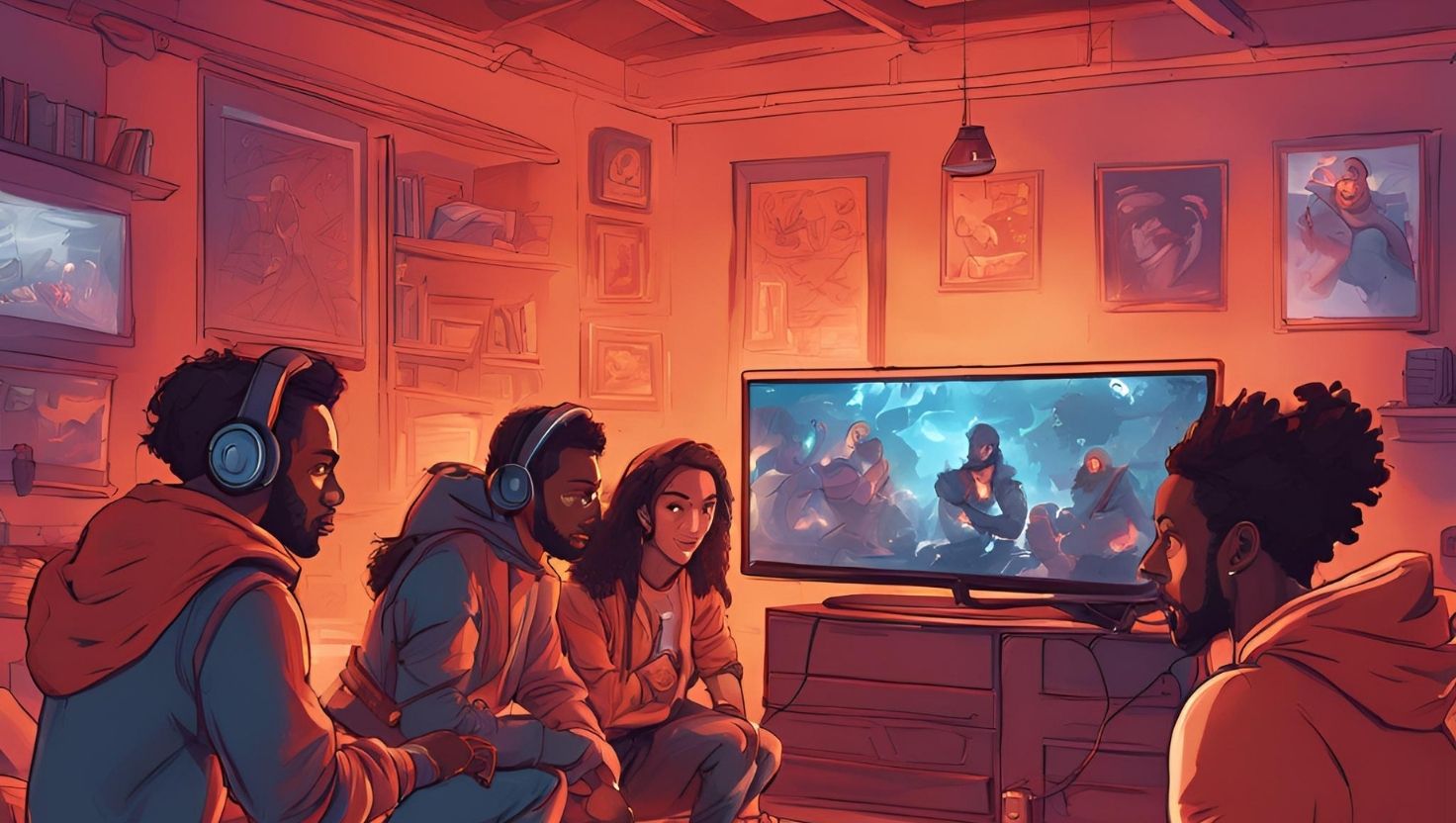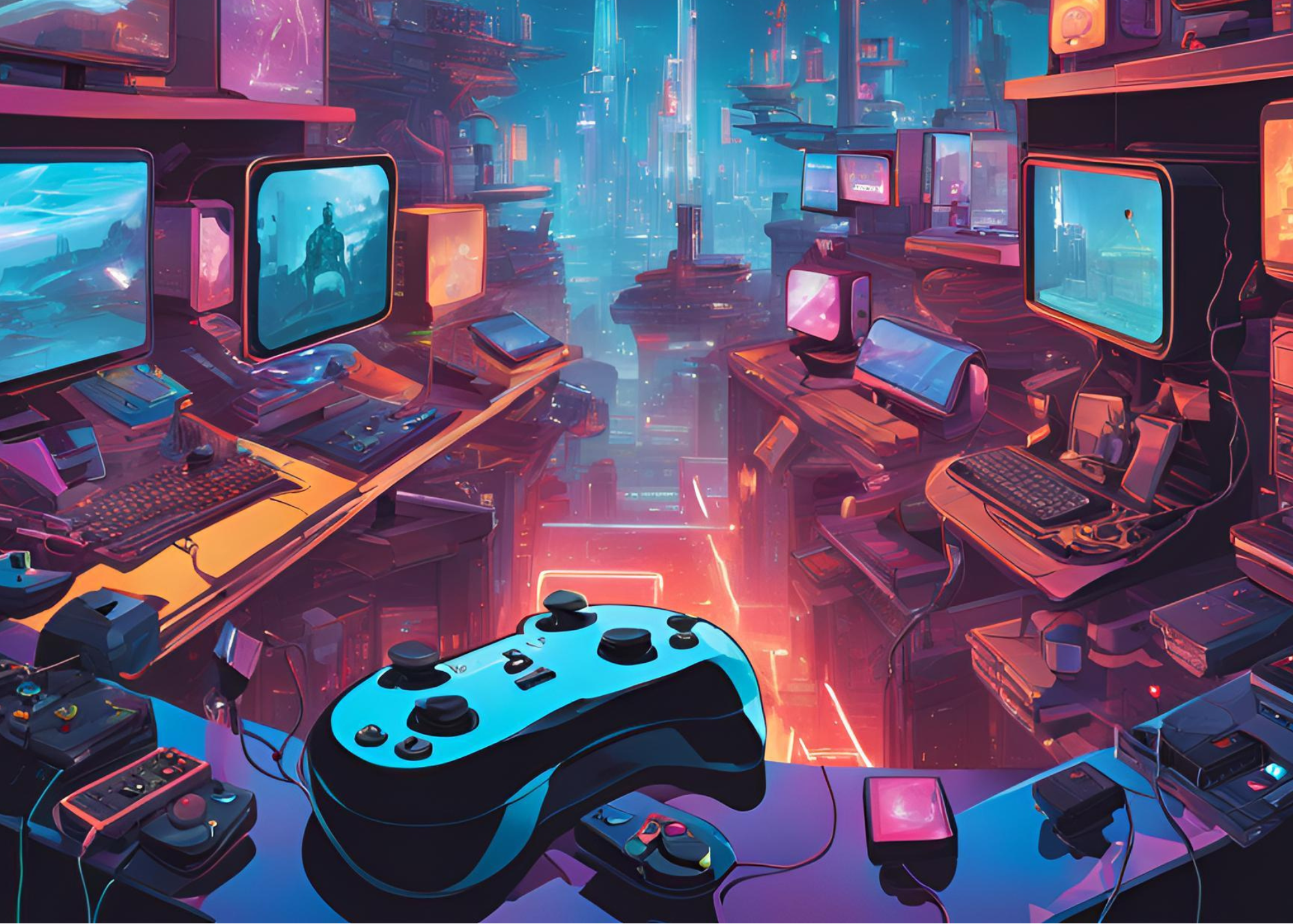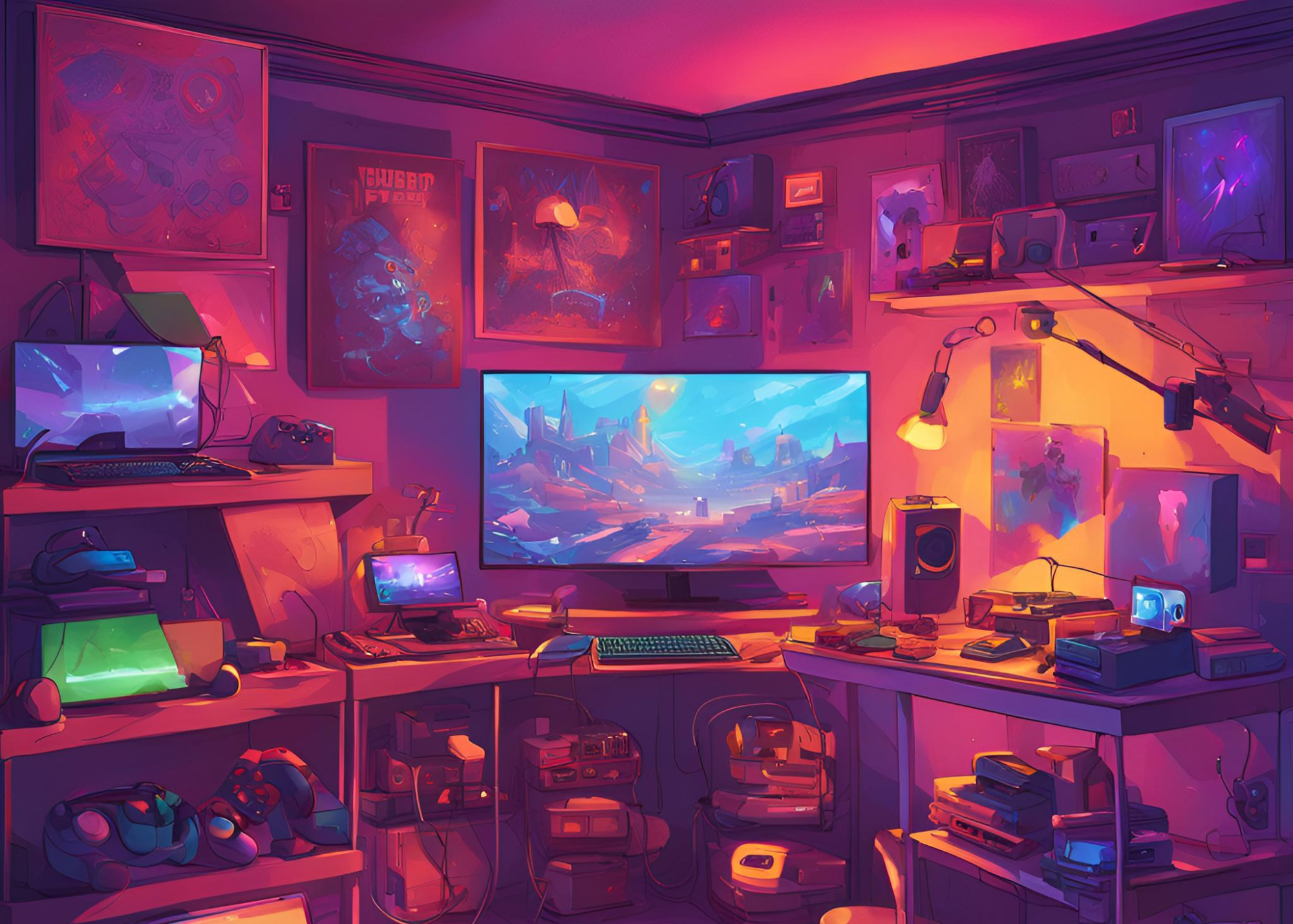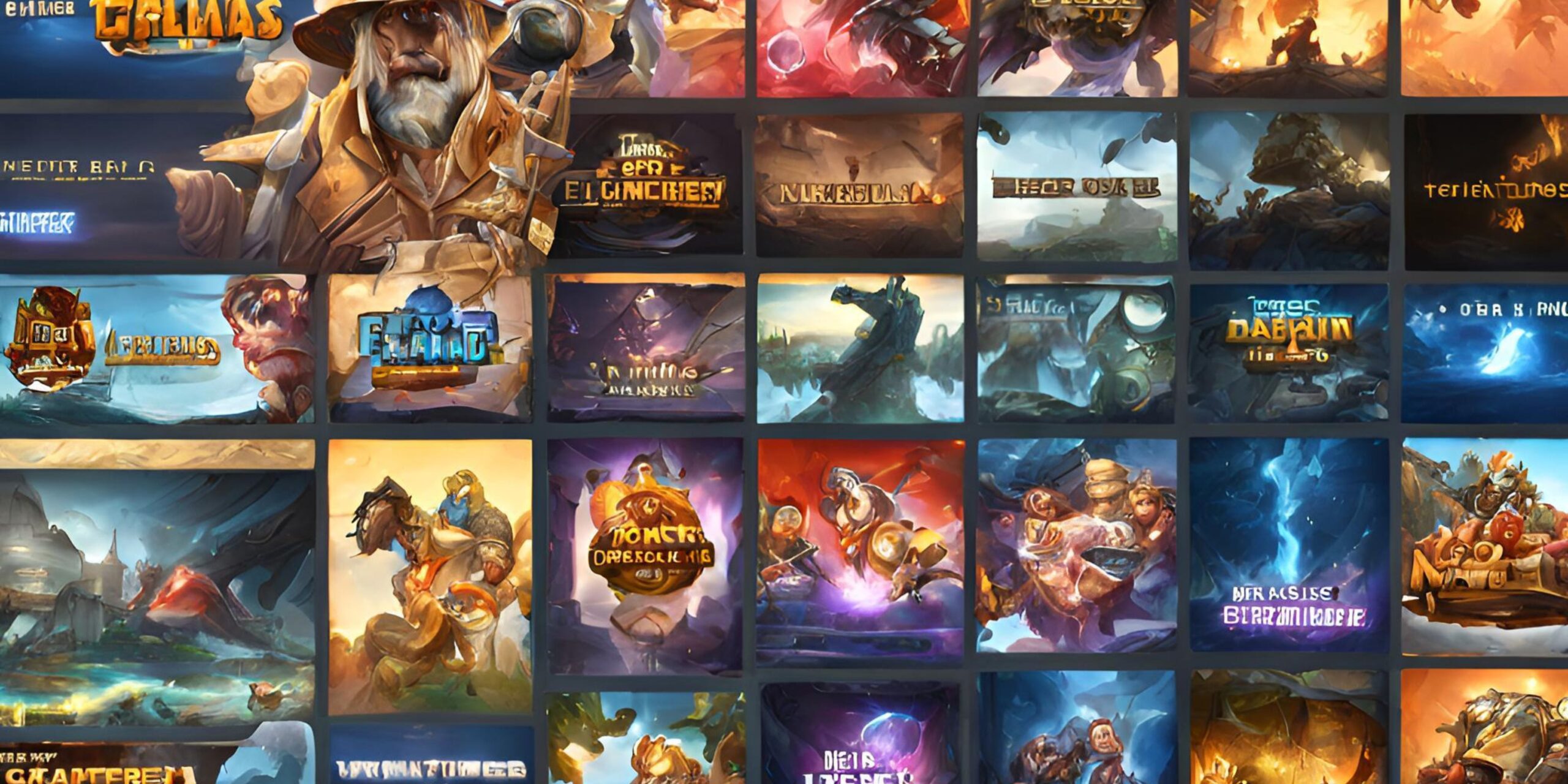What is Gaming Harmonicode?
Gaming harmonicode means making and coding sounds in video games to improve how players feel while playing. It mixes the art of making sounds (harmonics) with the technical work of programming (code). This idea is very important for how players enjoy and connect with games.
Imagine playing a game where every action, movement, or event has a sound that fits perfectly and feels natural. That is the wonder of gaming harmonicode. Game developers and sound creators work together to make sounds and gameplay fit perfectly using smart coding.
How Sound Shapes Gaming Experiences
Sound is very important in games. It sets the mood, gives feedback, and helps players feel connected to the game. For example:
- Background Music: This music makes the game’s mood clear. A calm tune can help you feel relaxed, and fast music can make you feel excited.
- Sound Effects: Things like footsteps or explosions make the game feel more real.
- Interactive Sounds: Newer games use changing sounds that match what the player does or where they go in the game.
I remember playing a scary game with headphones. The sound of a creaking door or a sudden loud noise was much scarier than anything on the screen. Game makers carefully plan these sounds to keep players interested.
Role of Coding in Gaming Sounds
Making sounds for games is not just about recording audio. Coding is needed to make the sounds work in the game. Developers use programming to:
- Play Sounds: For example, make a door sound only when it is opened by the player.
- Match with Actions: Make sure the sound of a jump happens at the same time as the character’s movement.
- Make Random Sounds: Use small changes so the same sound feels different every time it plays.
- Change Volume and Pitch: Sounds can be louder or quieter based on how far the player is from the source.
Tools like Wwise and FMOD help developers program sounds without needing a lot of coding experience.
How Developers Use Harmonic Codes
Harmonic codes are rules or methods to make sounds that feel good and work well in games. Developers use them in these ways:
- Mixing Sounds: Putting together different sounds, like music, ambient noises, and character sounds, without making it messy.
- Changing Music: Music that changes based on what is happening in the game. For example, during a fight, the music gets faster, and it slows down after the fight.
- Creating Sounds in Real-Time: Using code to make sounds instantly. This is common in large games where many unique sounds are needed.
I once played a game where the music smoothly changed as I walked from a quiet forest into a busy town. This kind of changing music makes the game world feel real.
Examples of Gaming Harmonics
Here are some well-known games that use gaming harmonicode:
- The Legend of Zelda: Breath of the Wild: This game uses calm background sounds and changing music to create a peaceful and adventurous feel.
- DOOM (2016): Its heavy metal music becomes faster and louder during fights, matching the game’s fast action.
- Red Dead Redemption 2: Every sound, from the clip-clop of horses to the bang of a gun, feels very real and lifelike.
These examples show how harmonicode makes games more interesting and enjoyable by making sound an important part of the story.
The Future of Harmonicode in Gaming
As technology grows, gaming harmonicode is improving quickly. Here are some exciting changes coming soon:
- AI-Generated Sounds: AI can create sounds that feel real and match what players are doing.
- 3D Audio: With VR games becoming popular, sounds will help players feel like they are inside the game world.
- Custom Sound Worlds: Games might change sounds based on what each player likes or even their feelings.
These ideas show that harmonicode will continue to grow, making games even more fun and immersive.
How You Can Start with Gaming Harmonicode
If you want to learn about gaming harmonicode, here are some easy steps:
- Learn About Sound Design:
- Understand how sounds are made and edited.
- Try free tools like Audacity or GarageBand to experiment with sounds.
- Learn Audio Coding:
- Use beginner tools like Wwise or FMOD to start making sound events.
- Learn simple programming languages like C# or Python to control sounds.
- Use Game Engines:
- Try game engines like Unity or Unreal Engine. These have built-in tools for sound.
- Make a small project where you match sounds to actions in the game.
Starting small is important. Even syncing footsteps to a character’s movement can teach you a lot about harmonicode.










